XTEND, the Israeli-founded developer of tactical autonomous drone and robotic systems, has raised an additional $30 million in funding—bringing its extended Series B round to a total of $100 million.
The company, which shifted its core focus from entertainment to military applications after the October 7 attacks, says it will use the capital to scale manufacturing, grow globally, and deepen research and development. XTEND recently opened a new U.S. headquarters and production facility in Tampa, Florida, signaling its ambitions to become a key player in the Western defense industrial base.
The new funding was co-led by Aliya Capital Partners and Protego Ventures, with backing from Claltech, Union Tech Ventures, Chartered Group, and TAU Ventures. Protego’s Perri Finkelstein said the firm exclusively partners with Israeli-founded companies deploying “battle-proven” technologies. “The world is at a crossroads,” she said. “If you want to build a long-term vision, you need to be laser-focused on your goal.”
From Gaming to Gaza: A Pivot Fueled by War
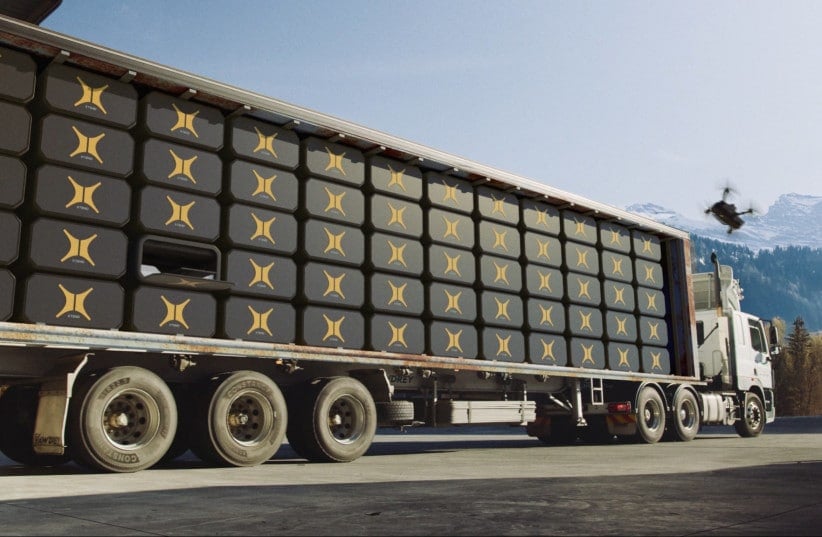
XTEND’s transformation is as dramatic as the conflicts that shaped it. Originally launched in 2018 as a gaming and simulation firm using extended-reality drone interfaces, the company made headlines for winning Emmy Awards in interactive media. But its co-founder and CEO Aviv Shapira, a self-described “rocket scientist geek,” saw a more urgent mission after witnessing the aftermath of the October 7 massacre.
“I realized we had the tools to help soldiers enter danger zones without putting themselves at immediate risk,” said Shapira, who previously worked at major Israeli defense contractors including Rafael, Elbit Systems, and Israel Aerospace Industries.
Today, XTEND’s drones and autonomous platforms are deployed both above and below the battlefield, including tunnel-mapping operations in Gaza and interception missions near the Lebanese border.
Human-Guided Autonomy and Real-Time Control
The company’s systems are designed for human-in-the-loop operations, blending AI guidance with direct operator control through augmented reality interfaces. The platforms are capable of navigating complex environments—urban structures, subterranean tunnels, or confined interiors—while enabling operators to add mission-specific payloads like speakers, sensors, or munitions.
Roughly 80% of XTEND’s current production is airborne, with the remaining 20% focused on autonomous ground units. Shapira says the flexibility of the systems allows soldiers—or public safety teams—to remotely guide vehicles in real time from anywhere in the world. “I was in Japan operating one of our drones in Israel,” he said. “It’s that seamless.”
A Growing Global Client List
While XTEND has sold thousands of systems to the Israel Defense Forces (IDF) since the start of the war, the company has also made inroads with U.S. Special Operations, as well as defense clients in the UK, Singapore, and Japan.
Its U.S. expansion comes amid growing interest from the Pentagon in dual-use and allied-developed technology, especially through procurement pipelines such as DIU, AFWERX, and SOFWERX. The Tampa manufacturing site places XTEND closer to key U.S. defense stakeholders and aligns with efforts to onshore or “friendshore” production of critical unmanned systems.
National Security and Policy Implications
XTEND’s Israeli roots and its close ties to the IDF raise natural questions about foreign defense firms operating inside the U.S. domestic market. While the company now maintains a stateside footprint, its core R&D remains abroad and subject to Israeli export controls. Analysts and watchdog groups have raised concerns about operational sovereignty, especially as the U.S. tightens rules around the National Technology and Industrial Base (NTIB) and looks to reduce reliance on foreign-manufactured UAS platforms.
Still, defense venture capital firms see XTEND as part of a broader trend: a shift toward battlefield-proven startups able to pivot quickly under fire. With conflict in Ukraine, tensions in the Indo-Pacific, and the rising role of unmanned systems, many governments are scrambling to modernize force structures that have stagnated since the Cold War.
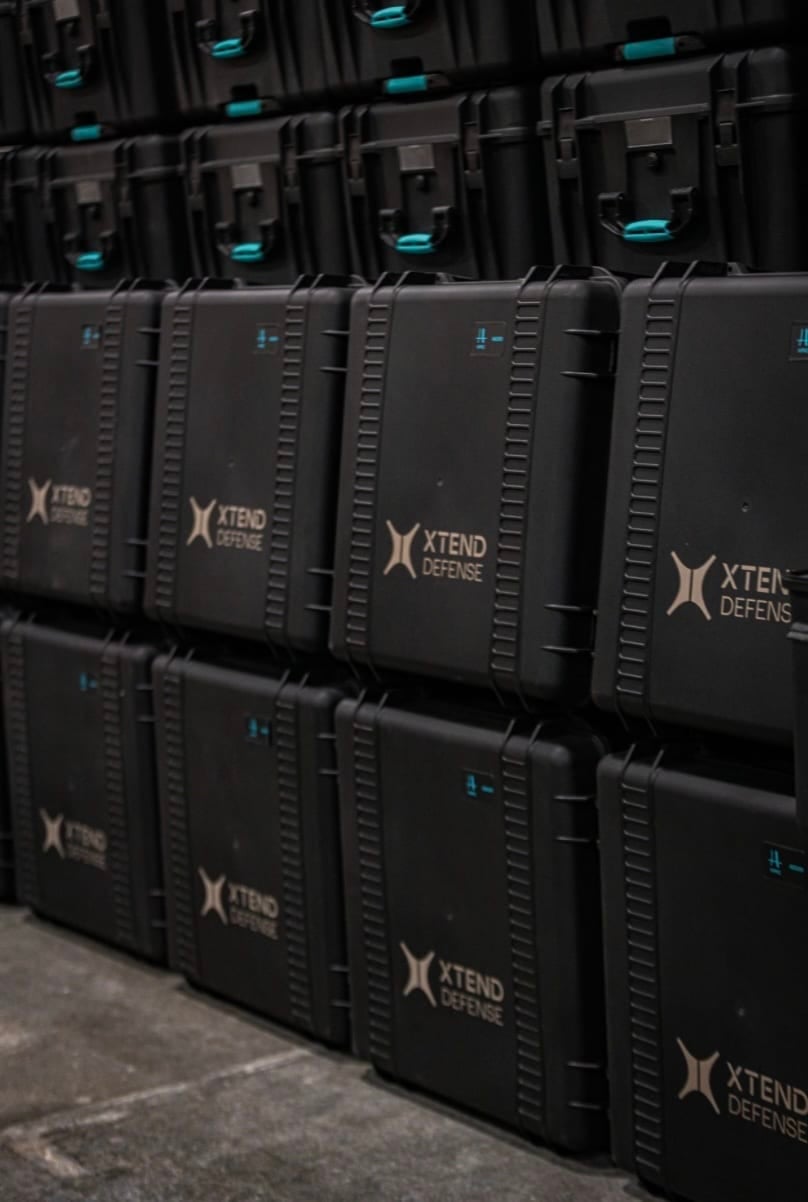
Looking Ahead: More Sites, More Missions
XTEND is now exploring additional operations in India, Germany, the UK, and Japan, reflecting a global demand for portable, adaptable robotic systems that can be fielded by regular infantry, special operations units, or even first responders.
Shapira says the company continues to enhance the modularity of its systems—enabling users to configure drones and ground robots for a wide range of missions. The focus, he emphasized, is not just advanced autonomy, but accessible, human-centered tools that can save lives.
“We’re not just testing in labs,” he said. “We’re proving ourselves in real-time combat—and that changes everything.”
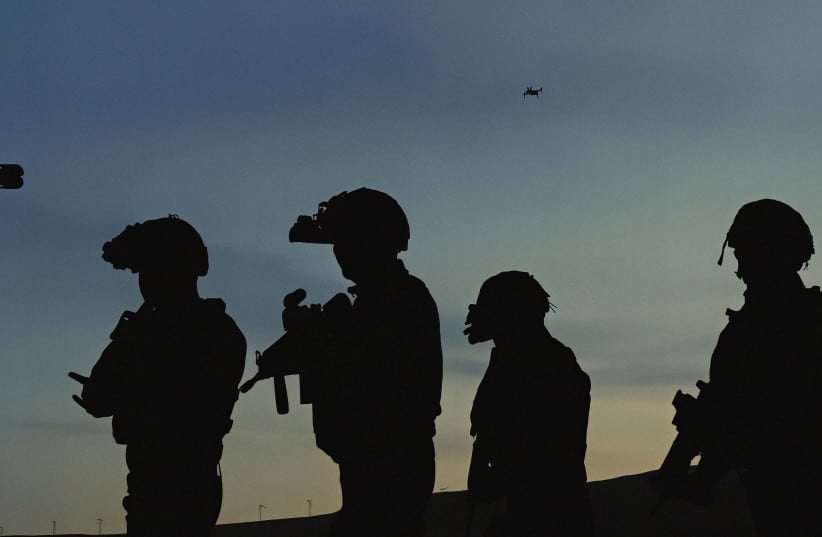
Discover more from DroneXL.co
Subscribe to get the latest posts sent to your email.
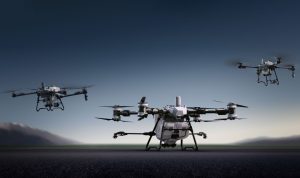
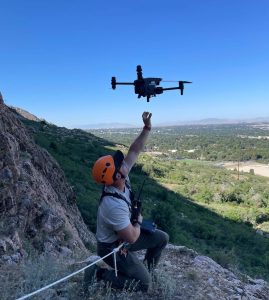
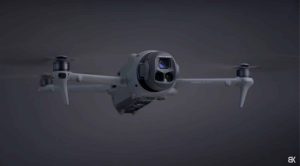

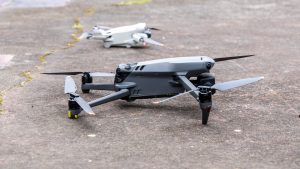
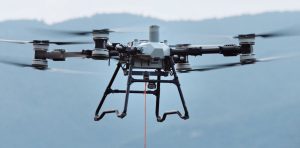
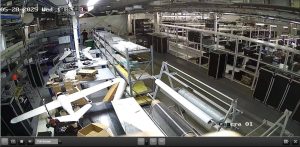
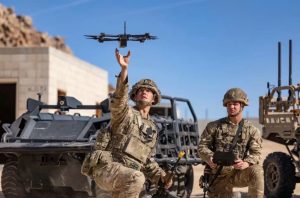

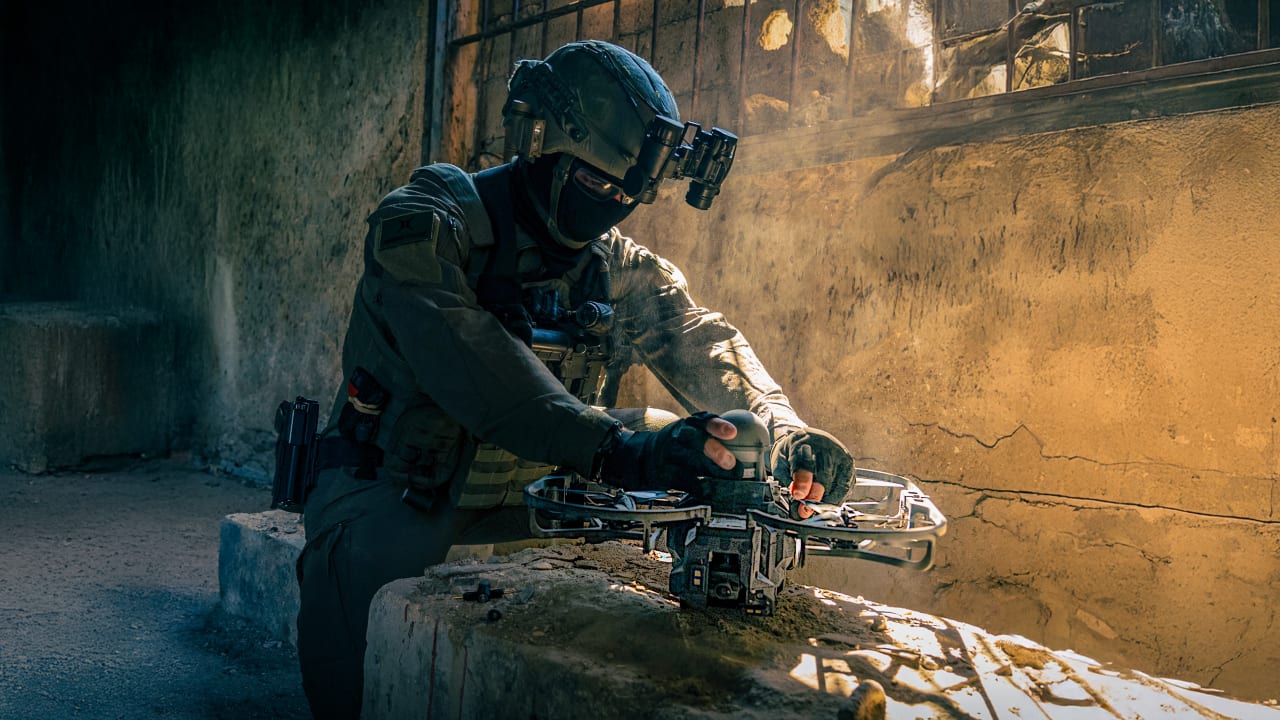
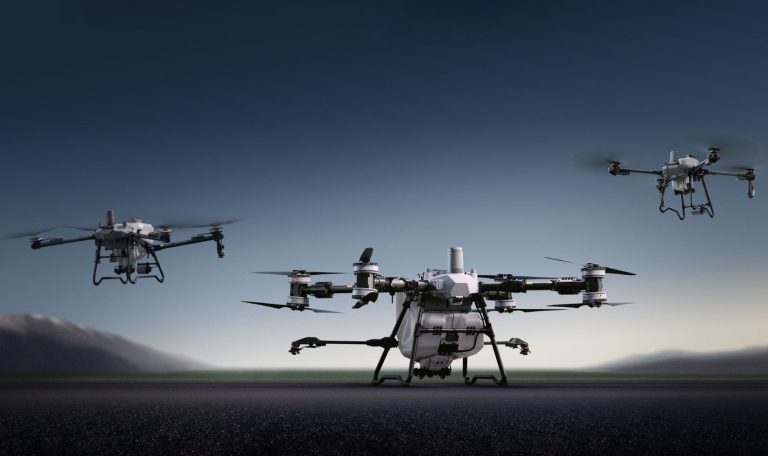
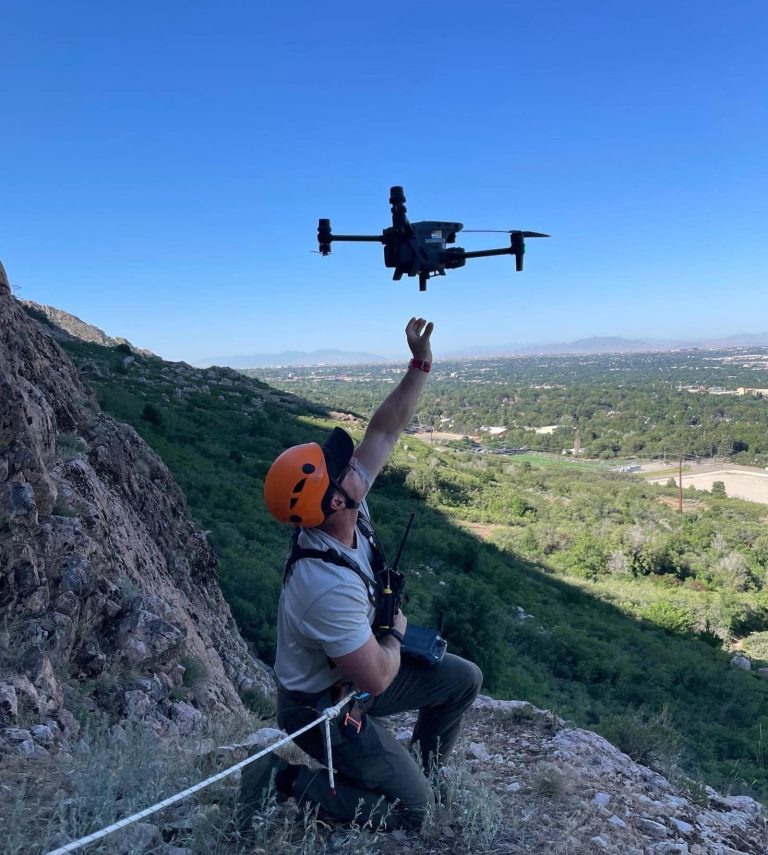
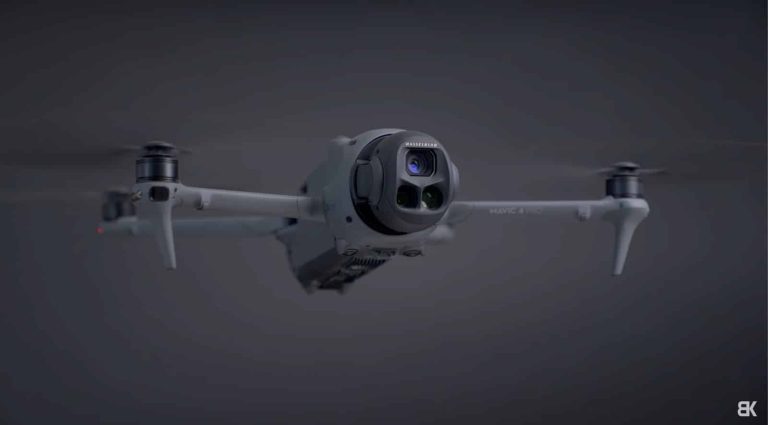
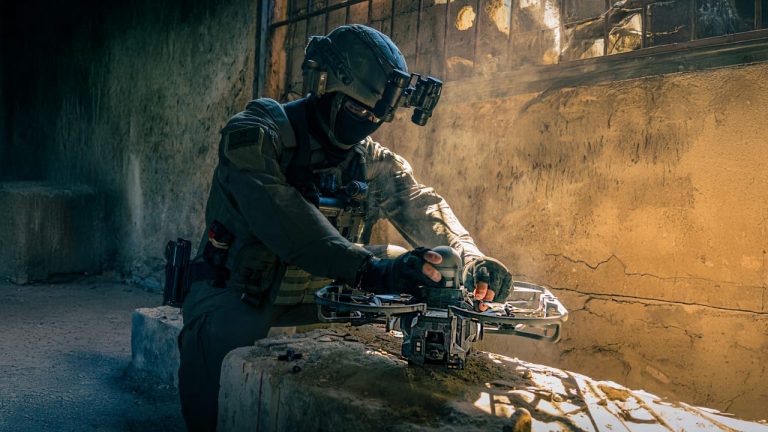
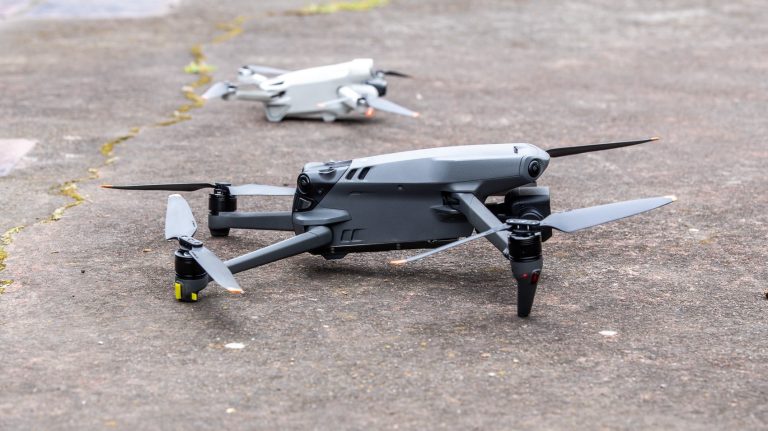
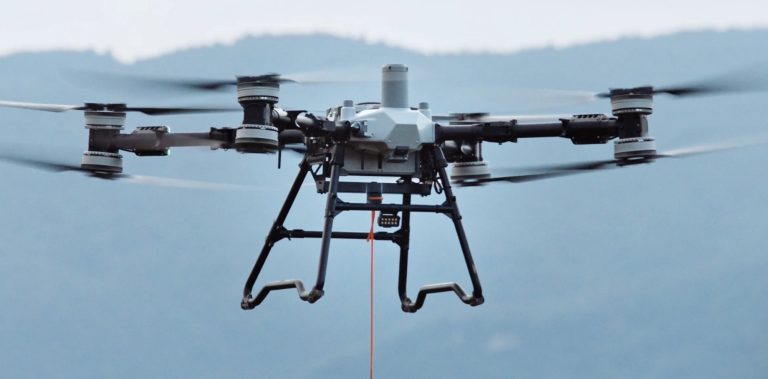


+ There are no comments
Add yours